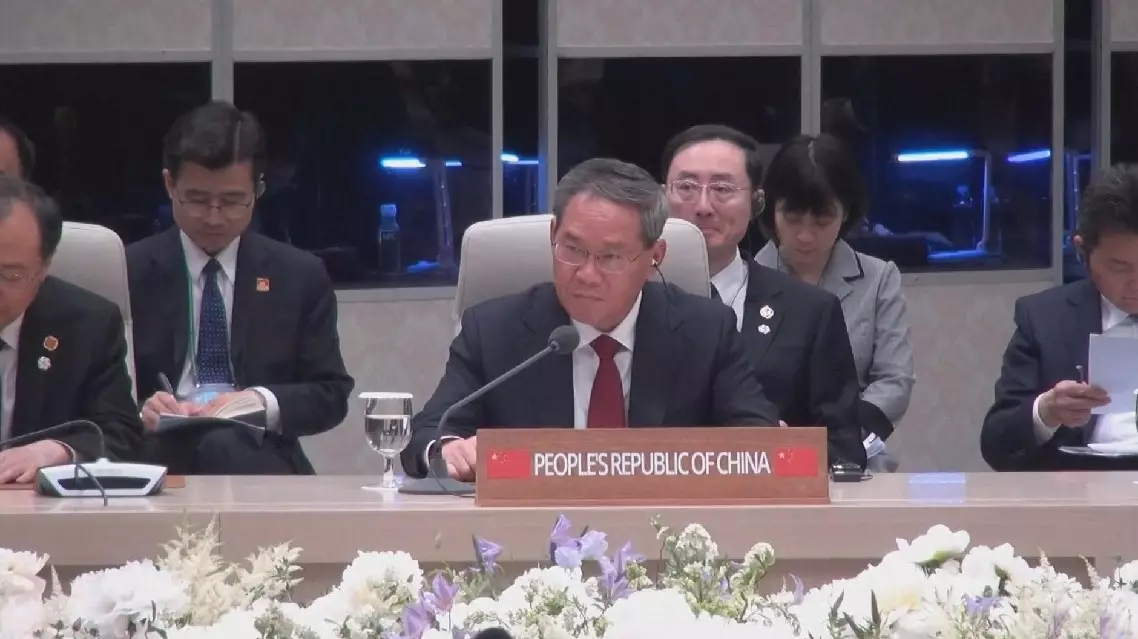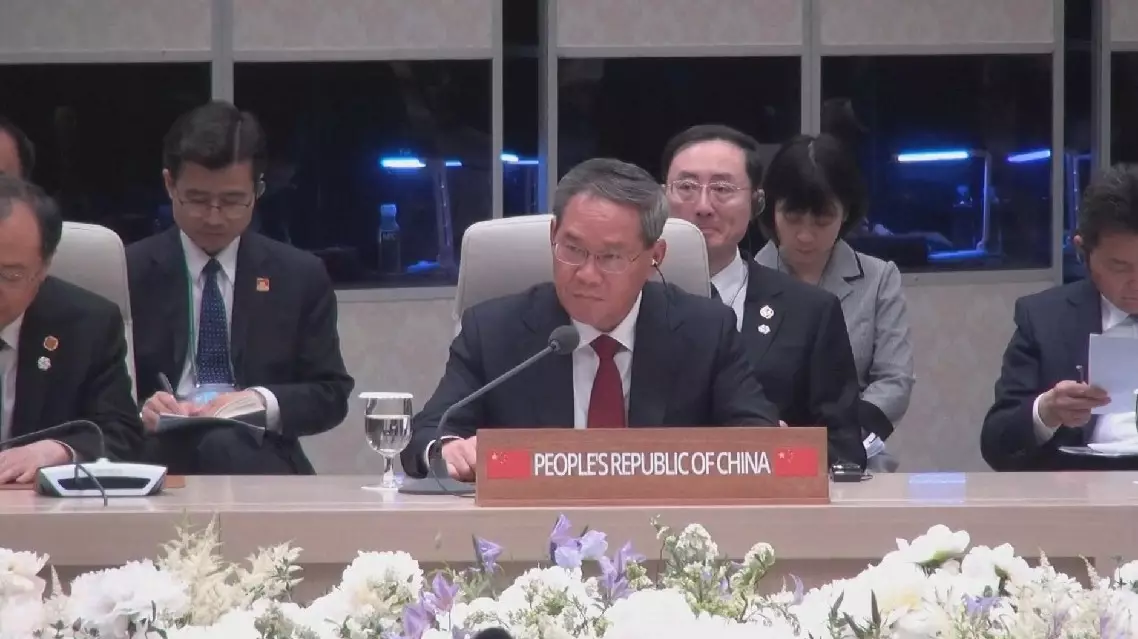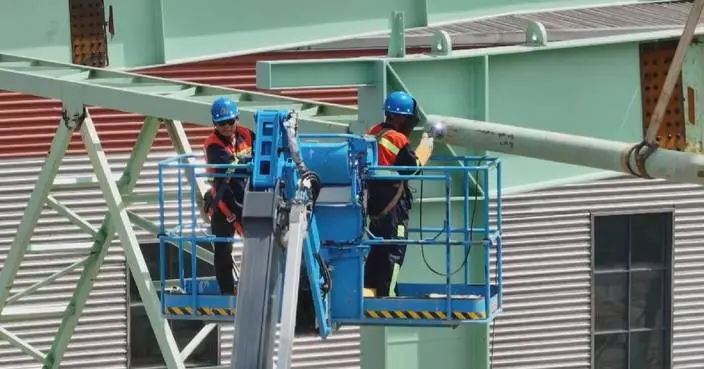Chinese Premier Li Qiang put forward a five-point proposal on deepening the China-Japan-South Korea cooperation at the ninth Trilateral Summit Meeting among the three countries in Seoul, capital of South Korea, on Monday.
Premier Li attended the meeting together with South Korean President Yoon Suk-yeol and Japanese Prime Minister Fumio Kishida.
Noting that this year marks the 25th anniversary of the China-Japan-South Korea trilateral cooperation mechanism, Li said that at this new starting point, China, Japan and South Korea should upgrade and speed up the trilateral cooperation.
To this end, Li put forward a five-point proposal on further deepening the China-Japan-South Korea cooperation.
The first is to promote the comprehensive restart of cooperation, respect each other's core interests and major concerns, fully tap the potential for cooperation, steadily facilitate growth, and foster positive interplay between bilateral relations and trilateral cooperation.
The second is to deepen economic and trade connectivity, maintain the stability and smoothness of the industrial chain and supply chain, and resume and complete the negotiations of the China-Japan-South Korea free trade agreement as soon as possible.
The third is to lead scientific and technological innovation cooperation and strengthen collaborative innovation and cooperation in frontier fields. China will establish a China-Japan-South Korea Innovation Cooperation Center in China to help the three countries accelerate the cultivation of new growth drivers.
The fourth is to boost cultural and people-to-people exchanges and take the opportunity of the China-Japan-South Korea 2025-2026 Year of Cultural Exchange to bring closer the hearts of the three neighbors.
The fifth is to strive to promote sustainable development, strengthen exchanges and cooperation in the fields of low-carbon transformation, climate change, aging population, and epidemic response, among others, and explore and carry out more "China-Japan-South Korea + X" cooperation projects.
Stressing that the current situation on the Korean Peninsula has remained tense, Li said all parties should play a constructive role by committing to easing tensions and restart dialogue at an early date.

Chinese premier puts forward five-point proposal on deepening China-Japan-South Korea cooperation

Chinese premier puts forward five-point proposal on deepening China-Japan-South Korea cooperation









